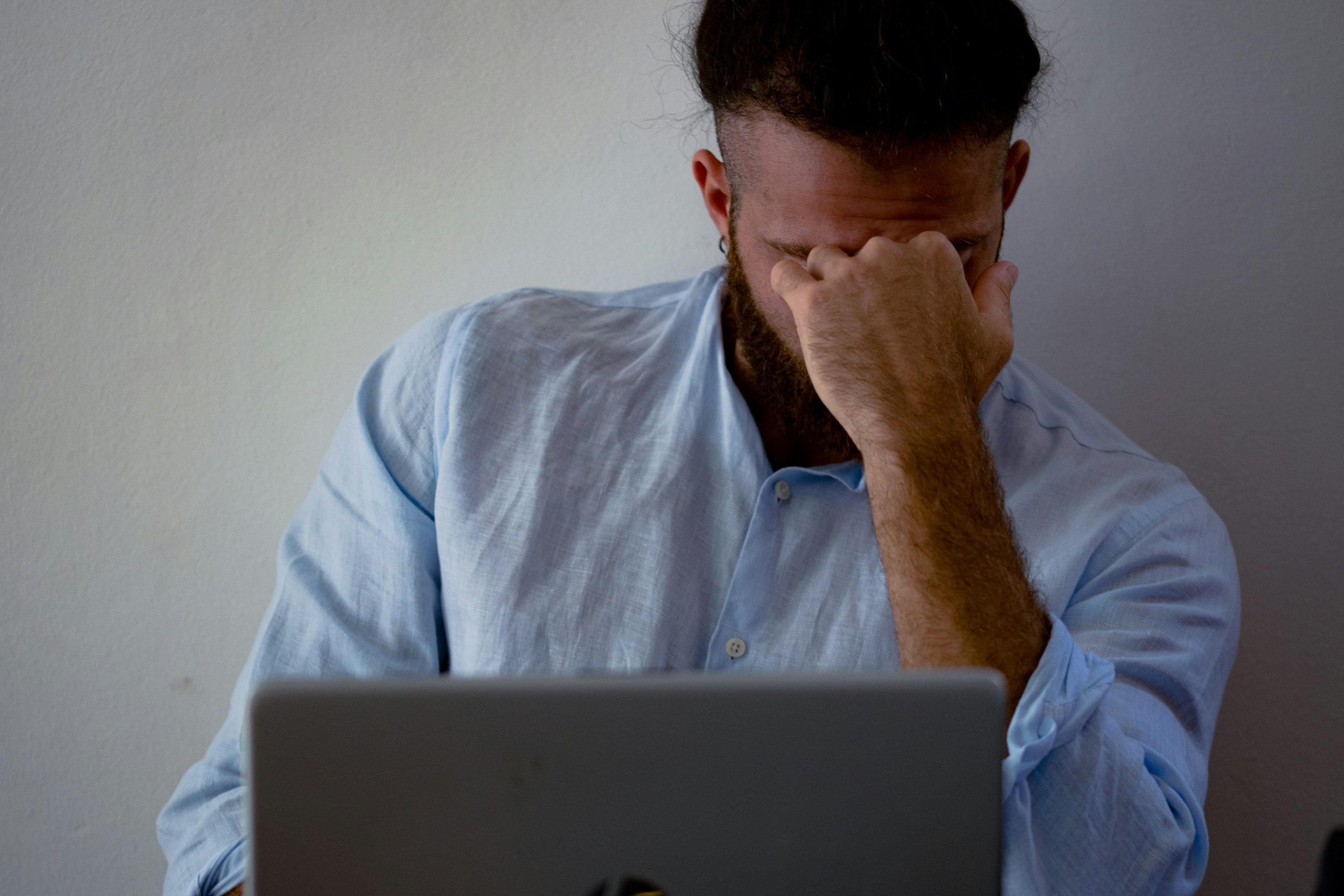Photo by Martina Carinci
As a social media professional, you will likely be exposed to traumatic content within your feed due to disturbing events in the news or postings by bad actors. Whether it’s real or AI-generated, being exposed to graphic or traumatic content brings a psychological, emotional and even physical toll. It’s normal to be shocked by violent or graphic content that appears in your feed, and negative emotions are a natural human reaction to witnessing traumatic content.
When traumatic content appears in your feed
Consider these steps to protect your mental health when graphic breaking news or social media posts are shared:
- Reduce your exposure where you can. Lower the volume or mute, pause the video periodically (or skip it entirely). Think about the business need before sharing content, and warn colleagues about the potential impact when doing so.
- Take frequent screen breaks to reduce your body’s stress response.
- Know the types of media or themes that have the most disturbing impact on you, and when possible, communicate to your colleagues that these kinds of content are more traumatic for you.
- Watch when and where you spend your time online. Move your social listening to your feeds within monitoring tools instead of monitoring in-app, where temptations to scroll may be higher.
- Regularly debrief with your team, rotate social media calls, and seek support from your peers.
5 self-care tips for the social media manager
- Cover your health essentials. Make sure you’re getting sleep, nutrition, and exercise for your physical health.
- Minimize media use. Don’t constantly follow your social media feeds or the news. Avoid being online before sleep.
- Be mindful of how you behave. In the weeks after an event, if you are isolating, being jumpy or on edge, having anger outbursts, showing a lack of care to work or your loved ones, or having uncharacteristic behaviors, get professional support.
- Spend time with supportive friends, engaging in stress-relieving activities and focusing on what you can manage at home or at work.
- Work as a team. Discuss possible scenarios and how your team may handle them, including whether to go dark, when to rotate social media on-call more frequently, or what topics or content types are particularly triggering for individual team members. These prior discussions help make those decisions in the moment easier.
Read on for more self-care tips for social media professionals.
7 resources for social media teams
Few resources exist that focus on minimizing harm for social media professionals who have viewed graphic or disturbing content. However, the journalism industry has developed several resources that social media teams can apply to their work:
- Handling Traumatic Imagery: Developing a Standard Operating Procedure
- Reporting a traumatic community event – resources for media workers
- Trauma Management For Editors
- Online Abuse: A Self-Defence Guide
- Leading Resilience: A Guide for Editors and News Managers
- How Journalists Can Take Care Of Themselves When Covering Trauma
- How to Build Psychologically Safe Workplaces
Remember, protecting your mental health is not just about how you react to harmful content viewed during workplace social media monitoring. It’s about proactively creating a work environment that supports your well-being and helps you thrive inside and outside the digital space.
Author: Robbie Schneider, SMS
Robbie Schneider, SMS, is a healthcare content marketing leader and social media strategist, and author of Social Media, Sanity & You: A Guide To Mental Wellness For The Digital Marketer.
Robbie has more than 20 years’ experience using traditional and emerging media platforms to connect and engage consumer audiences in the healthcare space. She leads the social media and blog content strategy for Franciscan Health and serves as a board chair with SocialMedia.org Health.



0 Comments